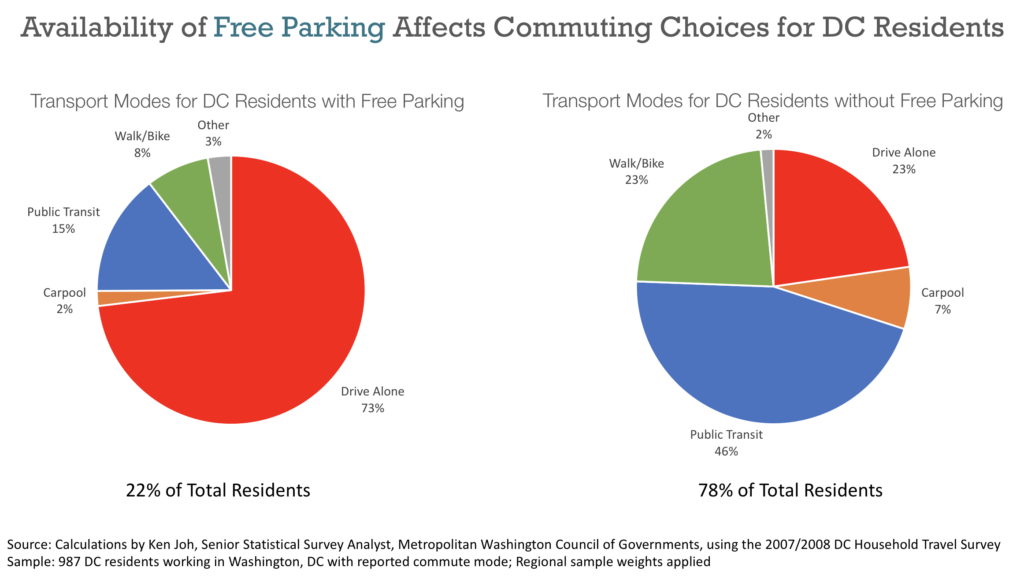Author: Cheryl Cort

Housing Priorities Coalition
DC Comprehensive Plan Fact Sheet

Housing Priorities Coalition DC Comp Plan comments
December, 16, 2019: A coalition of affordable housing advocates and producers released comments today in support of the DC Comprehensive Plan draft amendments.
CSG in the News: Study: DC rent is 3rd highest in the country
Study: DC rent is 3rd highest in the country; Here’s how much income you need to afford it
WASHINGTON (ABC7) — The D.C. Council unanimously voted on the first step of the city’s Comprehensive Plan for development last week.
A spokesperson for Mayor Bowser’s office said she will likely unveil the remaining elements of the comprehensive plans as well as area housing targets and maps on October 15.
The comprehensive plan includes proposed solutions to the city’s affordable housing shortage – an issue that elected officials and advocates are coming together to try to fix.
The plan will go through review by the National Capital Planning Commission and Congress before it gets to the mayor’s desk for signing, the mayor’s spokesperson said….
Numbers from the National Low Income Housing Coalition estimate that over 50 percent of residents living in the D.C. metro area are renters.
According to NLIHC, the median family income for both renters and buyers is $121,000. This means families can afford to pay $3,000 a month for rent without being cost-burdened.
HUDs estimate of a fair market rent that recent movers paid for a modest two-bedroom apartment in D.C. was $1665, but 60 percent of rents are currently higher according to the NLIHC.
For those in the fortieth percentile, in order to afford $1665 without being “cost-burdened” an individual would have to earn $66,000 a year, or $5500 monthly, the NLIHC estimates.
Assuming a 40-hour workweek, 52 weeks per year, this level of income translates into $32.02 an hour. Working at the minimum wage of $14.00 an hour in D.C. each week an individual would have to work 90 hours weekly at two jobs to afford a modest apartment.
Cheryl Cort, policy director for Coalition for Smarter Growth, an organization dedicated to bettering the district believes lack of affordable housing is one of the greatest challenges D.C. faces.
“Housing insecurity worsens other conditions in a person’s life. Many DC residents face daunting challenges — lack of access to quality education and training, violent neighborhoods, poor health status, low wage jobs and unstable employment. Lack of access to stable, quality housing compounds all these problems, and is also one of the solutions to a number of these problems,” Cort said.
Cort said the CSG stands behind the mayor’s housing strategy. In May, the mayor signed an order directing District agencies to identify new policies, tools, and initiatives that would start moving toward the goal of creating 36,000 new housing units, 12,000 of them affordable, by 2025….
Regardless of how the numbers add up, whether you’re renting or buying, one thing is clear – officials and advocates think housing in D.C. is too expensive.“Bold action to address housing affordability requires the entire city’s input and energy,” Cort said.
View the full story by WJLA here.
CSG in the News: D.C. Council Approves Measure To Curb Wave Of Development Appeals Washington DC
The ongoing process to amend D.C.’s Comprehensive Plan received a key approval vote Tuesday after Council Chairman Phil Mendelson removed language that had caused concerns among planners and housing advocates.


